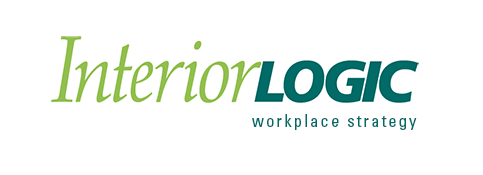What is Phygital?
The phygital space is where the physical and digital worlds come together. And, thanks to COVID-19, it’s a space where many of us are living and working right now. But even before the pandemic the trend for blended physical and digital collaboration was growing.
Even so, many businesses still struggle to match the creative performance of co-located teams in those working virtually:
40% of respondents to one workplace study said that it is harder to get desired results from digital collaboration than from in-person engagements.
But now it’s an everyday reality for many workers, and likely to become a dominant theme in our professional lives for years to come, businesses need to adopt the design strategies (and digital tools) to support increasingly mixed presence teams.
What are the obstacles to phygital success?
“When some people are in the room and others join remotely, remote participants tend to have to work a lot harder to see, be seen and be heard — a concept called presence disparity.”
Mixed presence teams often see an imbalance in the contribution made by those in the physical workspace and those ‘calling in’. Virtual participants can feel ignored or excluded from the creative energy of the real world office, while those in the office may feel remote participants are not fully present in the exchanges that are happening.
Barriers to success of ‘mixed presence’ collaboration
Fixed technology represents real obstacles to the way virtual team members can contribute in collaborative sessions, and the way those ‘in the room’ consider and value their contribution:
- Difficulty seeing and engaging in content while also viewing remote participants’ faces.
- Remote participants struggling to enter conversations.
- Remote participants missing out on conversations before and after meetings.
How can Commercial Design support a phygital workplace?
With a fragmented workspace, blended teams will continue to need the support of a workspace that works for the entire team. Shared spaces, flex spaces, and collaborative digital spaces are key to ensuring a dispersed workforce can flourish. With many office considering a workspace split – virtual, blend, and office-based – the personal office is evolving into a group office with huddle spaces and transient computer stations.
Workers are demanding social distanced spaces with designed crossover areas to bring in remote team members. Utilizing technology, employees can write and pin materials to virtual whiteboards in real time is an important part of an inclusive meeting. It is more than screen sharing, it is creating an accessible resource where stories can be built collaboratively in real time.
Let’s get Phygital
What we can do is lever more readily available technology and adaptable spaces to provide the best quality interaction for mixed presence teams. We need ensure those calling in are properly equipped to hear and be heard. We can redesign physical offices, position cameras and select the right software, so that virtual participants can see the whole team and all the materials being discussed. And we can take steps to change behaviors so that we extend our attention across the digital and spatial divide.




